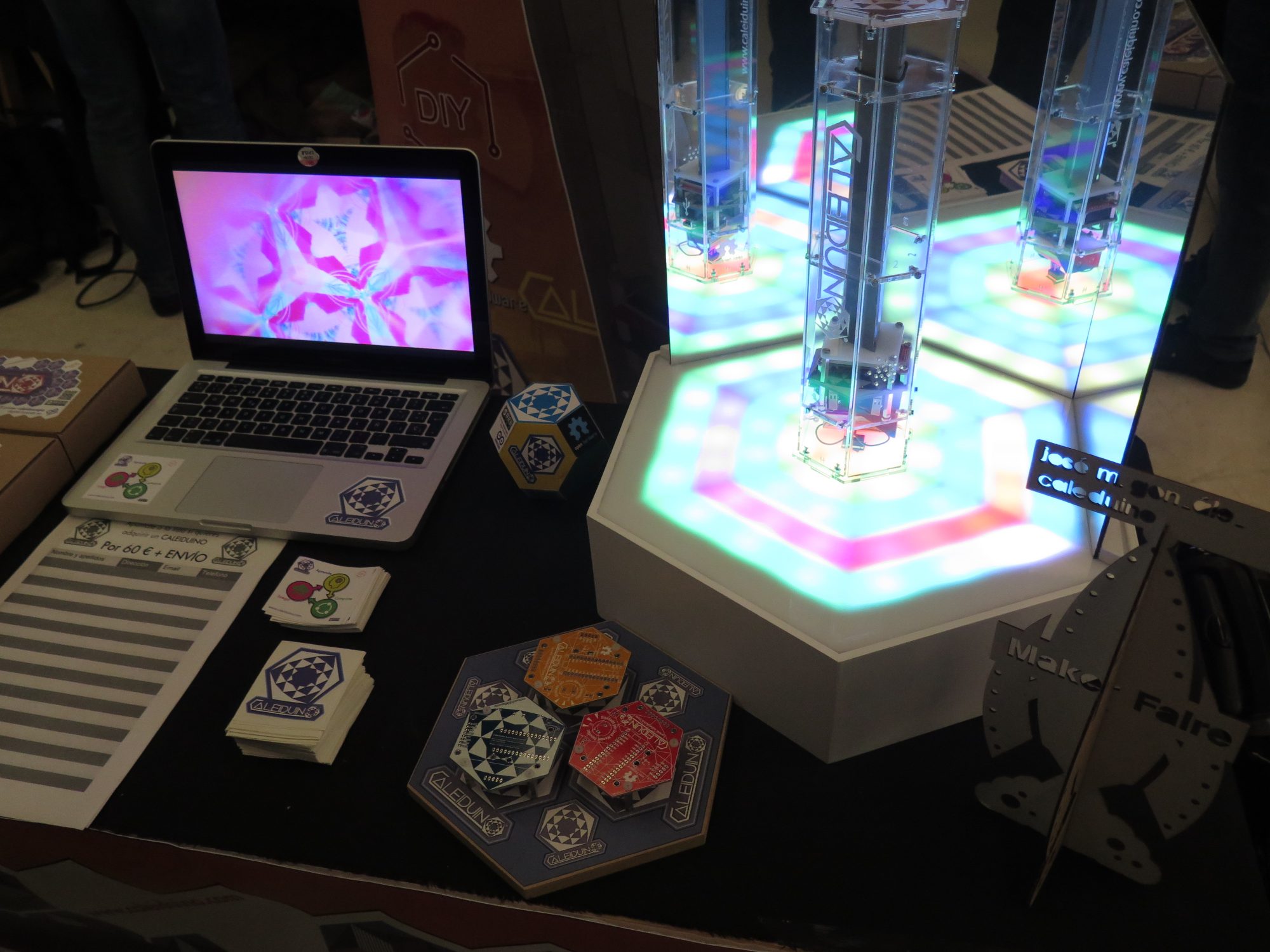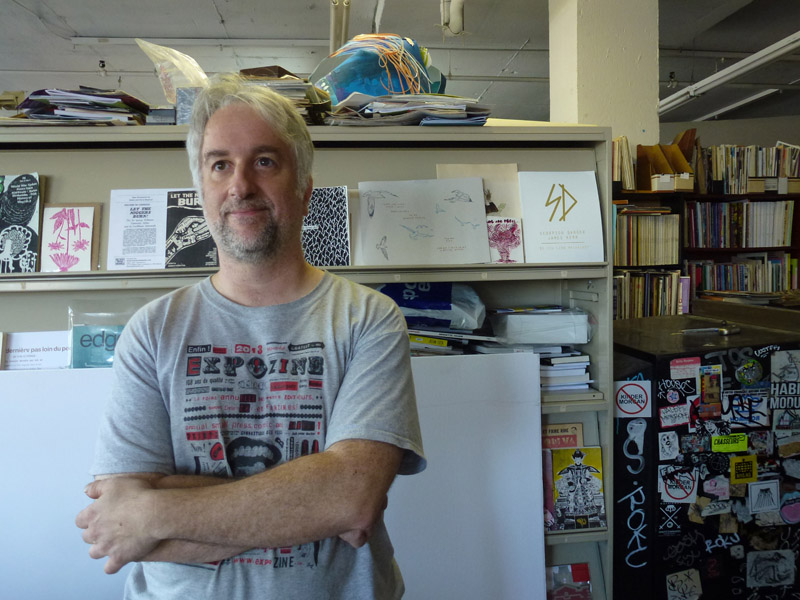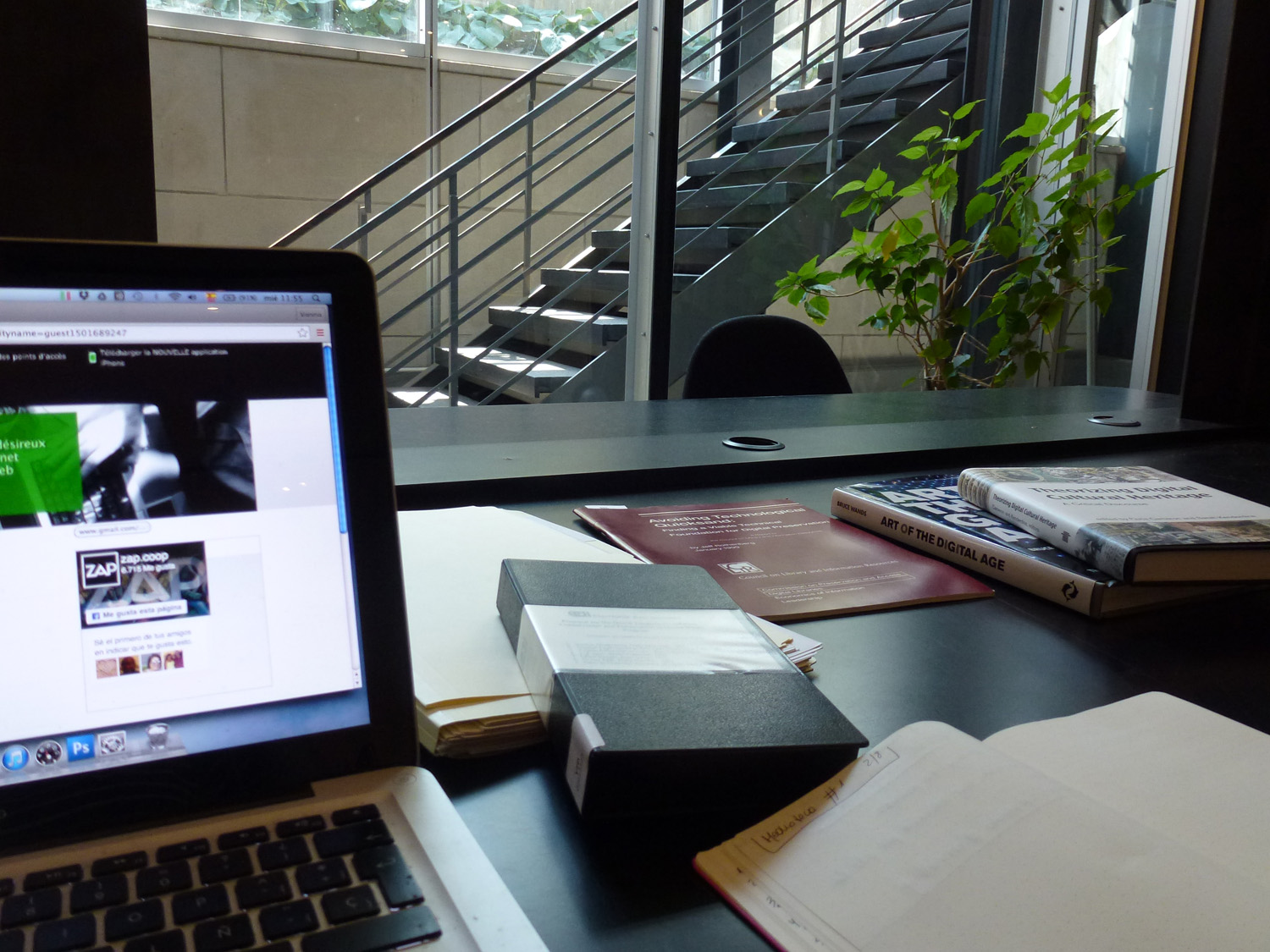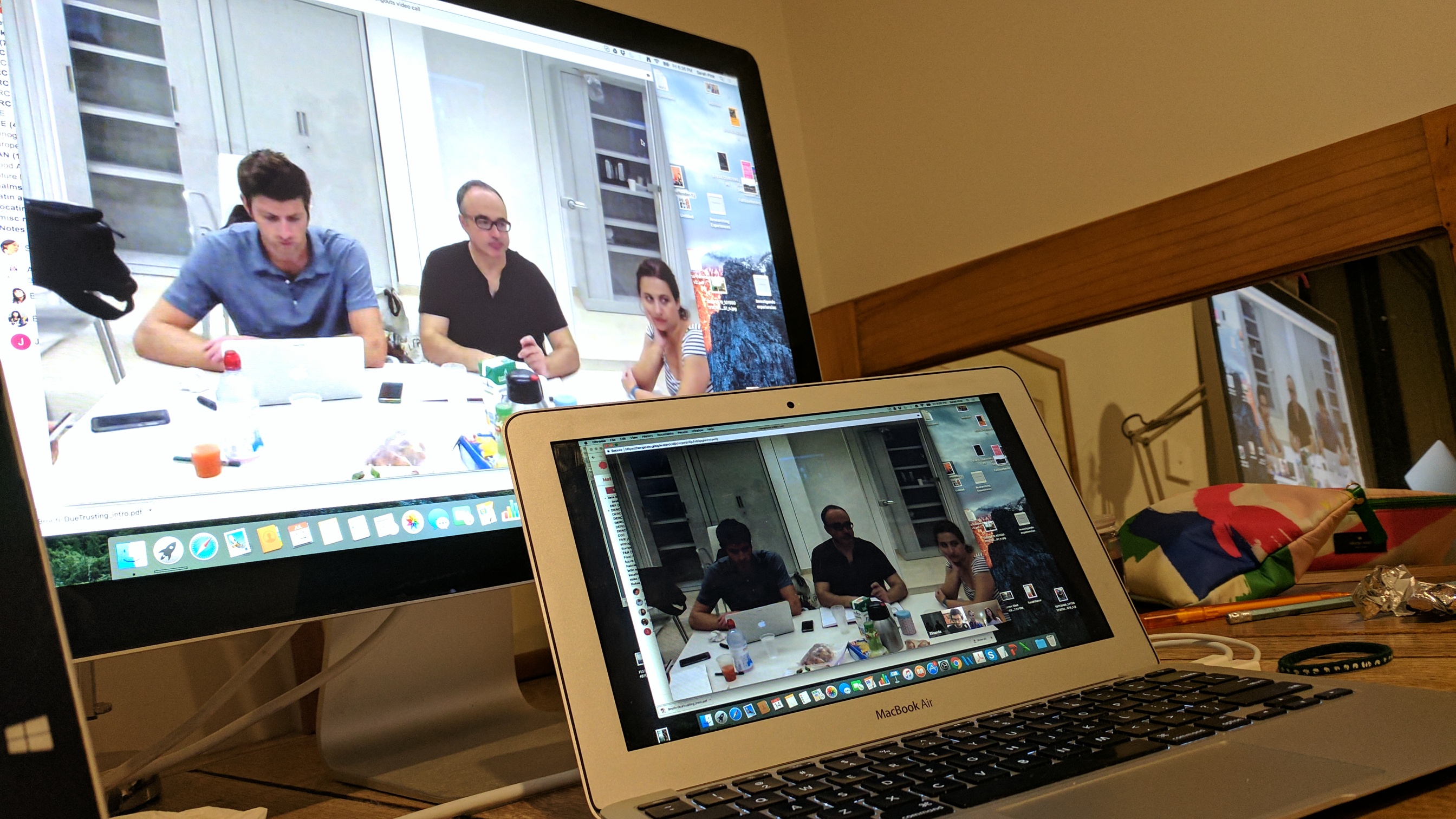It was Friday morning in the Akelarre Hostel, Bilbao. We were having breakfast waiting for the beginning of the Bilbao Maker Fair 2016. As the fair would start later in the afternoon, there was few of us at the hostel this morning. Yet, we were sitting at the table with another man (who turned out to be the artist Jose Manuel Gonzalez) and started chitchatting.







